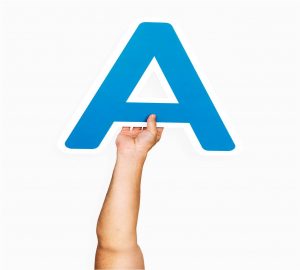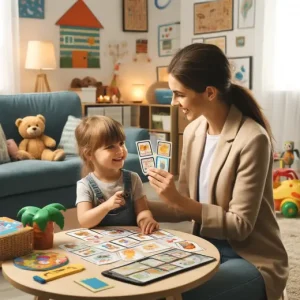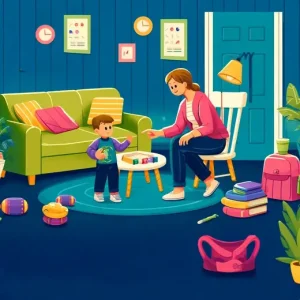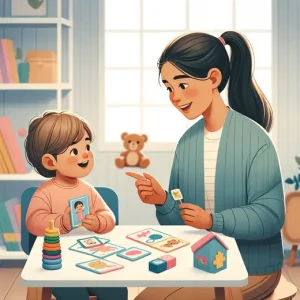Emotion Expression Activities for Toddlers: Fun & Easy at Home
By Rajini D
Last Updated: March 21, 2024
Embark on the Emotion Expression Ac, a thoughtful activity designed to encourage your child to express and understand emotions like ‘happy,’ ‘sad,’ ‘angry,’ ‘tired,’ and ‘scared.’ This guide is tailored for young children, especially those with developmental delays or special needs, providing a supportive environment to navigate the intricate world of emotions.
Fun Emotion Expression Activities for Toddlers
Creating a Safe Space for Emotional Exploration
Establish a comfortable and safe space for the activity. Gather materials such as emotion flashcards, pictures displaying different emotions, or a mirror for this exploration.
Introducing Emotions Through Play
Gradually introduce each emotion using flashcards. Show a card, name the emotion, and make a corresponding facial expression. Encourage your child to mimic the expression, creating an interactive and engaging learning experience.
Mirror Practice:
Utilize a mirror to practice making faces. Say, ‘Let’s make a sad face’ or ‘Show me a scared face,’ and do it together in front of the mirror. This hands-on approach helps reinforce the connection between emotions and facial expressions.
Emotions in Storytelling
Incorporate emotional expression into storytelling. Read a story and pause to discuss how characters might be feeling, encouraging your child to express those emotions. This activity promotes both literacy skills and emotional intelligence.
Also Read: Home-Based Speech Therapy Activities for 1-2 Years Kids
Addressing Potential Concerns:
Difficulty Recognizing or Expressing Emotions:
Simplify the activity if your child struggles. Focus on basic emotions, use clear expressions, and associate emotions with familiar situations or characters.
Emotional Overwhelm or Distress:
Provide reassurance and comfort, especially with negative emotions. Focus more on positive emotions initially and introduce negative ones gently, ensuring a supportive environment.
Limited Verbal Communication:
For children with limited verbal skills, encourage the use of gestures or body language to express emotions. Praise all forms of expression, whether verbal or non-verbal.
Objective of the Activity:
‘Emotion Expression Adventure’ aims to help your child better understand and express their emotions, fostering emotional intelligence and empathy. By creating a safe space for exploration, this activity supports emotional growth.
Closing and Additional Tips:
Throughout this activity, be patient and supportive. Recognize and validate your child’s feelings, using everyday experiences to talk about emotions. Celebrate each step your child takes on this emotional growth journey. Enjoy this adventure together, building a strong foundation for emotional well-being!
About the Author:
Rajini Darugupally
M.Sc., Speech-Language Pathologist (9+ years of experience)
Rajini is a passionate and dedicated Speech-Language Pathologist with over 9+ years of experience, specializing in both developmental speech and language disorders in children and rehabilitation in adults. Driven by a desire to empower each individual to find their voice, Rajini brings a wealth of experience and a warm, genuine approach to therapy.
Currently, at Wellness Hub, she thrives in a team environment that values innovation, compassion, and achieving results for their clients.
Connect with Rajini to learn more about how she can help you or your loved one find their voice.
Book your Free Consultation Today
Parent/Caregiver Info:
Client’s Details:
* Error Message









